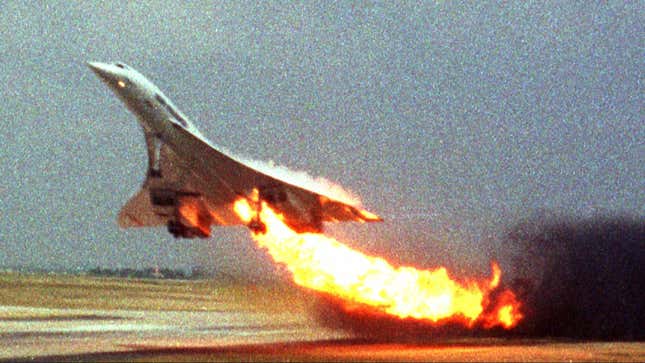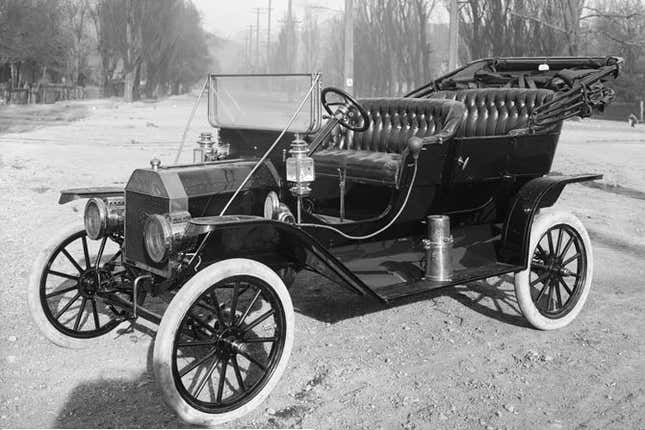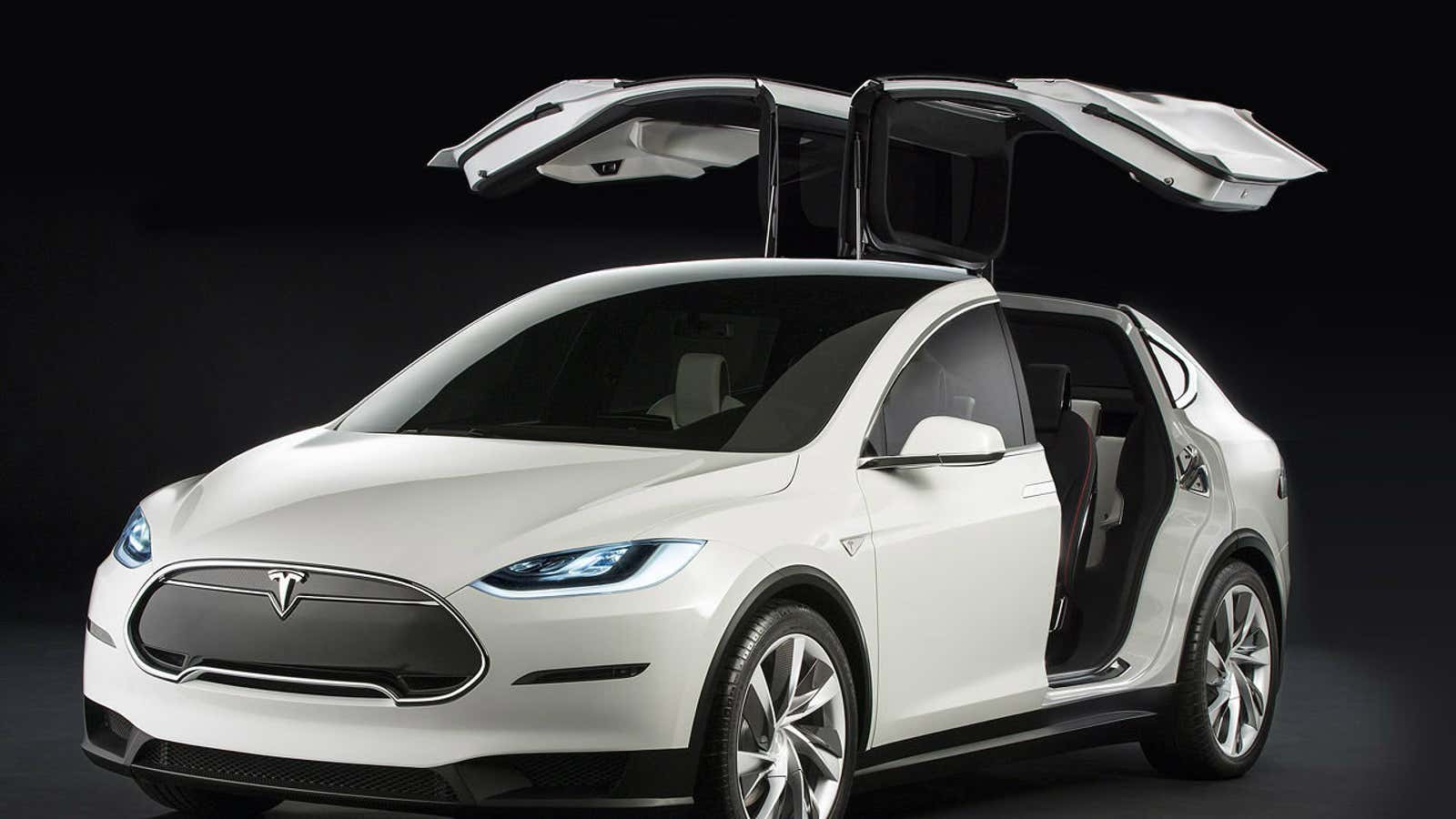In the 1970s, a fury broke out in the United States: Air France and British Airways had flown maiden flights of their jointly developed supersonic Concorde jet, and critics demanded to know how the French and British had stolen a march on a new technology expected to produce $25 billion in sales by 1990. Making the blow even worse—the Soviets had rubbed salt in the wound by flying their own supersonic jet, the TU-144, to Paris in 1971.

Yet a quarter-century later, the Concorde was dead. Plane sales never took off as expected—a victim of the jet’s high cost and a need to book up to 108 first-class passengers on each flight to make the economics work. The final blow was a 2000 plane crash in Paris (right, the stricken aircraft) that killed 113 passengers. On Oct. 23, 2003, both Air France and British Airways flew their last commercial Concorde flights.
Today, supersonic flight has all but vanished from public discourse, unless it’s Virgin Galactic founder Richard Branson promoting space tourism. Among the sure-bet future El Dorados that have taken its place: electric vehicles and autonomous cars.
Entrepreneur Elon Musk, CEO of Tesla Motors, is the main public voice promoting an electric car future for the world. In an Aug. 5 conference call with analysts (paywall), he hit his usual notes—all his rivals eventually will be mass-producing electrics, he said, and the sooner the better. Tesla itself will produce about 88,000 electrics next year, up from about 50,000 this year, and 500,000 by 2020. This will include the new Tesla X crossover SUV (pictured above), which he promised finally to begin to deliver to customers by the end of next month (two years late). Some time next year, he will unveil the mass-market Model 3 sedan, meant to cost $30,000 to $40,000.
On top of that will be $1 billion in sales of battery packs to run homes, businesses, and utilities by the end of next year, Musk said.

They are heady numbers. But, after more than five years of talking, Musk now must execute. Above all, he must deliver the Model 3 somewhere within the price range he has discussed.
If a successful seller, the vehicle could begin to make the difference between Tesla ending up as the equivalent of the Model T (left), which transformed Ford into a huge carmaker, and the Concorde—cool and cutting-edge, but ultimately too costly to break out of its niche.
